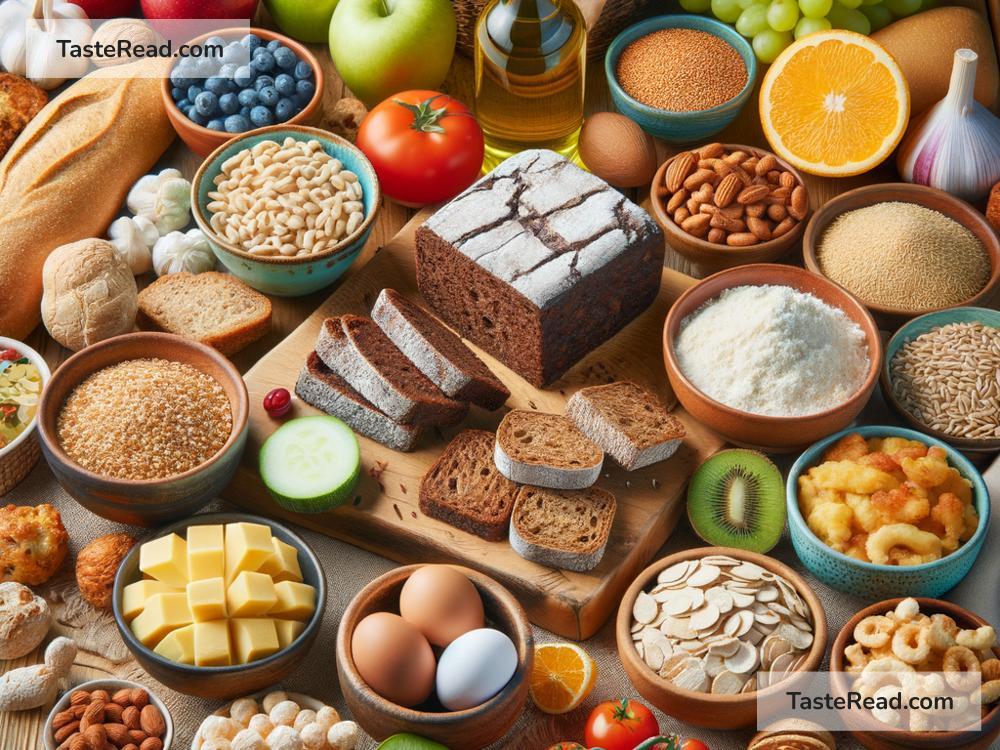How to Ensure Proper Nutrition on a Gluten-Free Diet
Embarking on a gluten-free journey can be daunting, especially when it comes to making sure you’re still eating a balanced and nutritious diet. Gluten, a protein found in wheat, barley, and rye, is a common component in many foods, making it a bit tricky to avoid. But fear not! With a little know-how and preparation, you can ensure your gluten-free diet is packed with all the nutrients you need for a healthy lifestyle. Here’s how to do it:
1. Understanding Gluten-Free
First things first, understanding what ‘gluten-free’ really means is key to ensuring your diet remains nutritious. Gluten-free does not automatically mean healthy. In fact, many gluten-free products can be high in sugar, fat, and calories while being low in essential nutrients. Focus on naturally gluten-free foods like fruits, vegetables, meat, fish, rice, and dairy for a healthier diet.
2. Embrace Whole Foods
The cornerstone of any nutritious diet, but especially a gluten-free one, is whole foods. These are foods that have been processed or refined as little as possible. Fruits, vegetables, lean proteins (like chicken, fish, and beans), and whole grains that are naturally gluten-free (like brown rice, quinoa, and buckwheat) should fill your plate. These foods are not only free of gluten but also rich in essential vitamins, minerals, fiber, and antioxidants.
3. Experiment with Gluten-Free Grains
Just because you’re avoiding gluten doesn’t mean you have to miss out on grains. There’s a whole world of delicious and nutritious gluten-free grains out there. Quinoa, for example, is not only gluten-free but also a complete protein, meaning it contains all nine essential amino acids. Brown rice, buckwheat, and millet are also excellent choices. These grains can easily replace traditional wheat, barley, or rye in your diet and add a healthy dose of fiber and nutrients.
4. Pay Attention to Nutritional Deficiencies
Individuals on a gluten-free diet might be at risk for certain nutritional deficiencies, especially if they rely heavily on processed gluten-free products. Iron, fiber, B vitamins, magnesium, zinc, and calcium are some of the nutrients you might miss out on. To combat this, incorporate a variety of nutrient-rich foods into your meals. Beans, nuts, seeds, and green leafy vegetables, for instance, are great sources of iron and magnesium, while dairy or fortified plant-based alternatives can help maintain your calcium levels.
5. Read Labels Carefully
When you do opt for packaged or processed gluten-free products, always read the labels. Manufacturers often add extra fat, sugar, or salt to improve the taste and texture of gluten-free products. Look for items with a short list of ingredients you recognize and understand. This step ensures you’re not inadvertently consuming unhealthy additives or hidden gluten.
6. Plan Your Meals
Planning your meals can make a world of difference in maintaining a nutritious gluten-free diet. By planning ahead, you’re less likely to find yourself in a pinch and reaching for a less nutritious, albeit gluten-free, snack or meal. Meal prep can also save you time and stress throughout the week. When you cook meals, make extra to freeze or have for lunch the next day.
7. Be Creative in the Kitchen
A gluten-free diet doesn’t have to be limiting. In fact, it can be an opportunity to get creative in the kitchen. Explore gluten-free recipes online or in cookbooks. Try making a cauliflower crust pizza or using lettuce leaves as wraps. Experimenting with new ingredients and recipes can make your gluten-free journey exciting and delicious.
8. Don’t Forget to Treat Yourself
Lastly, remember it’s okay to indulge in gluten-free treats from time to time. Whether it’s a slice of gluten-free cake or a batch of gluten-free cookies, allowing yourself a little treat can help make your diet feel less restrictive and more enjoyable.
In conclusion, a gluten-free diet can be both nutritious and delicious with a little planning and creativity. Focus on whole, naturally gluten-free foods, experiment with gluten-free grains, and make sure you’re getting a wide variety of nutrients. By following these tips, you can ensure that your gluten-free lifestyle is healthy, balanced, and full of flavor. Remember, eating should be a joy, not a chore. Happy gluten-free eating!


